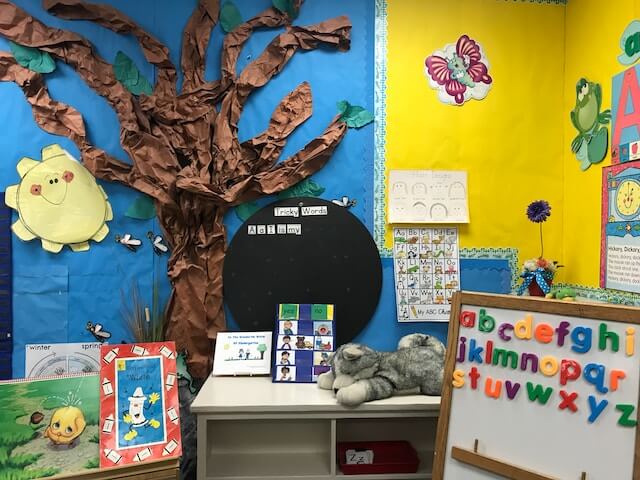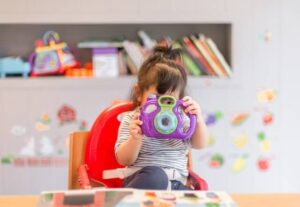Social anxiety disorder and autism spectrum disorder are two of the most common mental health issues. While they have a number of similarities and overlap in symptoms, such as social difficulties, they are distinct conditions with different diagnostic criteria. Understanding the similarities and differences between social anxiety disorder and autism can help individuals better understand their own experiences and seek the support they need.
What is Social Anxiety Disorder?
Social anxiety disorder (SAD), also known as social phobia, is a mental health condition characterized by intense fear or anxiety in social situations. People with social anxiety disorder often experience physical symptoms such as sweating, trembling, and rapid heartbeat when they are partaking in social interactions. They may fear being judged or evaluated negatively by others and may avoid social situations altogether.
What is Autism Spectrum Disorder?
Autism spectrum disorder (ASD) is a neurodevelopmental disorder that affects social communication, social interaction, and behavior. It is typically diagnosed in early childhood and is characterized by difficulties in social cues, repetitive behaviors, developmental delays, and restricted interests. Individuals with autism may have difficulty in social settings, expressing emotions, interpreting nonverbal cues, and may have trouble with maintaining eye contact.
Nonverbal communication is also often affected in people with autism, as well as language development. People with ASD may have difficulty understanding jokes or subtle expressions and may take things too literally.
Social Anxiety vs Autism
Both autism and social anxiety disorder share a number of symptoms and challenges. For instance, both conditions can be characterized by difficulty with social interactions and a tendency to avoid social settings.
Individuals with social anxiety disorder and autism may also have physical symptoms like increased sweating, rapid heartbeat, and trembling when faced with social situations. Both groups may also struggle with activities or situations that are perceived as unpredictable or unfamiliar. Consequently, this can lead to restrictive behaviors and inflexibility in their routines.
Another commonality between autism and social anxiety disorder is the heightened sensitivity to outside stimulations like noise, touch, or light. This hyper-sensitivity can lead to sensory overload and anxiety, making it difficult to remain focused in social situations or/and noisy environments.
Differences Between Social Anxiety Disorder and Autism
While there are similarities between social anxiety disorder and autism, there are also distinct differences.
One of the key differences between autism and social anxiety disorder is that social anxiety is a mental health disorder while autism is a developmental disorder. Autism can involve challenges in areas beyond social interaction, such as restrictive behaviors and repetitive movements.
Children with autism may also have more trouble with communication than people with social anxiety disorder. They may struggle with understanding and using nonverbal cues like body language, facial expressions, and tone. People with social anxiety, on the other hand, may be more adept at reading nonverbal cues, but can be hyper-focused on negative feedback and critical evaluation from social situations.
Another differentiating factor is that social anxiety disorder may only occur in particular social contexts, while autism is pervasive throughout various areas of life, including communication, behavior, and social skills. People with social anxiety disorder feel anxious or apprehensive when in social situations, but may not experience the same level of anxiety when engaging in solitary activities. Conversely, individuals with autism may experience communication difficulties and restrictive behaviors in all situations and across various environments.
Conditions that may overlap with Autism and Social Anxiety
There are other conditions, such as mental disorders, that may overlap with autism and social anxiety disorder, such as Attention Deficit Hyperactivity Disorder (ADHD), Obsessive-Compulsive Disorder (OCD), and major depressive disorder. Additionally, people with autism are more likely to experience comorbid anxiety disorders, including social anxiety disorder.
How to Differentiate Social Anxiety Disorder and Autism
While there are similarities between these conditions, clinicians are trained to evaluate, differentiate, and diagnose social anxiety and autism based on specific diagnostic criteria.
Generally, an individual with social anxiety has poor social skills in other contexts, but becomes socially anxious and uncomfortable when interacting with new people or in a specific type of social situation. Whereas, autistic individuals will have prolonged and pervasive difficulties with communication, behavior, and social interaction across multiple contexts.
To diagnose social anxiety disorder, clinicians will look for evidence that the patient is experiencing marked fear or anxiety in one or more social interactions. To diagnose autism, clinicians will examine communication and social skills, as well as behaviors and interests.
Treatment Options
Here are some ways to treat social anxiety disorder and autism:
Psychotherapy
Cognitive-behavioral therapy (CBT) is a specific type of psychotherapy that can help individuals with social anxiety and some aspects of autism. CBT is a short-term treatment that focuses on identifying and changing negative patterns and beliefs.
You can find a psychotherapist through referrals from your primary care provider, or by researching local mental health providers. Your child’s school or therapist may also have some recommendations
ABA therapy
Applied behavior analysis (ABA) is a type of therapy that focuses on changing behaviors through positive reinforcement and other behavioral strategies. ABA can help individuals with autism manage symptoms, such as restrictive interests or repetitive behavior. It can also help children with autism develop social skills to use in different settings.
Medication
Various medications can be useful in managing social anxiety, including anti-anxiety drugs and antidepressants. However, medication for autism is generally reserved for comorbid conditions, as there is no medication that “cures” autistic symptoms.
Support groups
People with social anxiety and autism can benefit from support groups where they can meet others who share their experiences. Support groups provide a safe space where people can share their thoughts and feelings.
You can find a support group in your area through local organizations, psychiatric hospitals, and mental health organizations.
Resources for Support
If you or someone you know is struggling with social anxiety and/or autism, there are a variety of resources available to provide support. Support groups and online resources can be very helpful in offering advice and providing a listening ear. Additionally, there are numerous organizations dedicated to helping people with social anxiety and autism.
Conclusion
Social anxiety and autism share several common characteristics, yet they each have their own unique qualities that make them distinct from one another. It is important to recognize that both conditions can be managed with the help of a qualified healthcare professional or support group. It is also important to remember that individual experiences will vary and resources are available if needed. With an accurate diagnosis, medication, psychotherapy, and/or other forms of support, individuals living with social anxiety and autism can lead happy and fulfilling lives.













